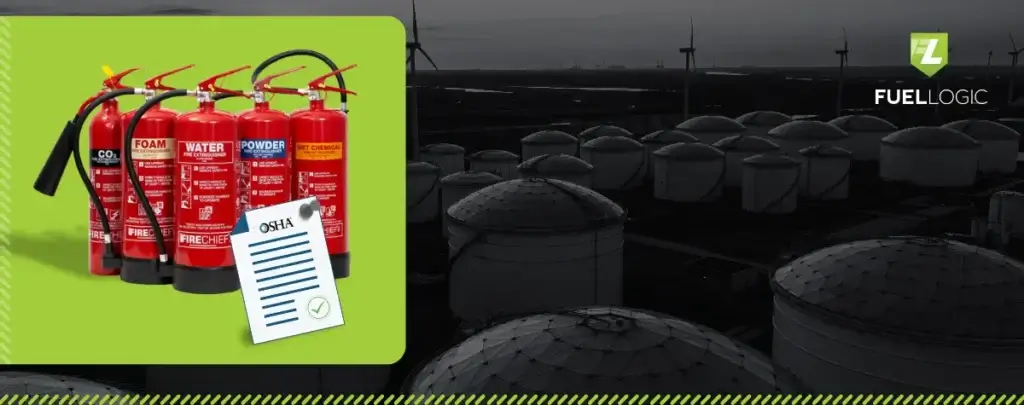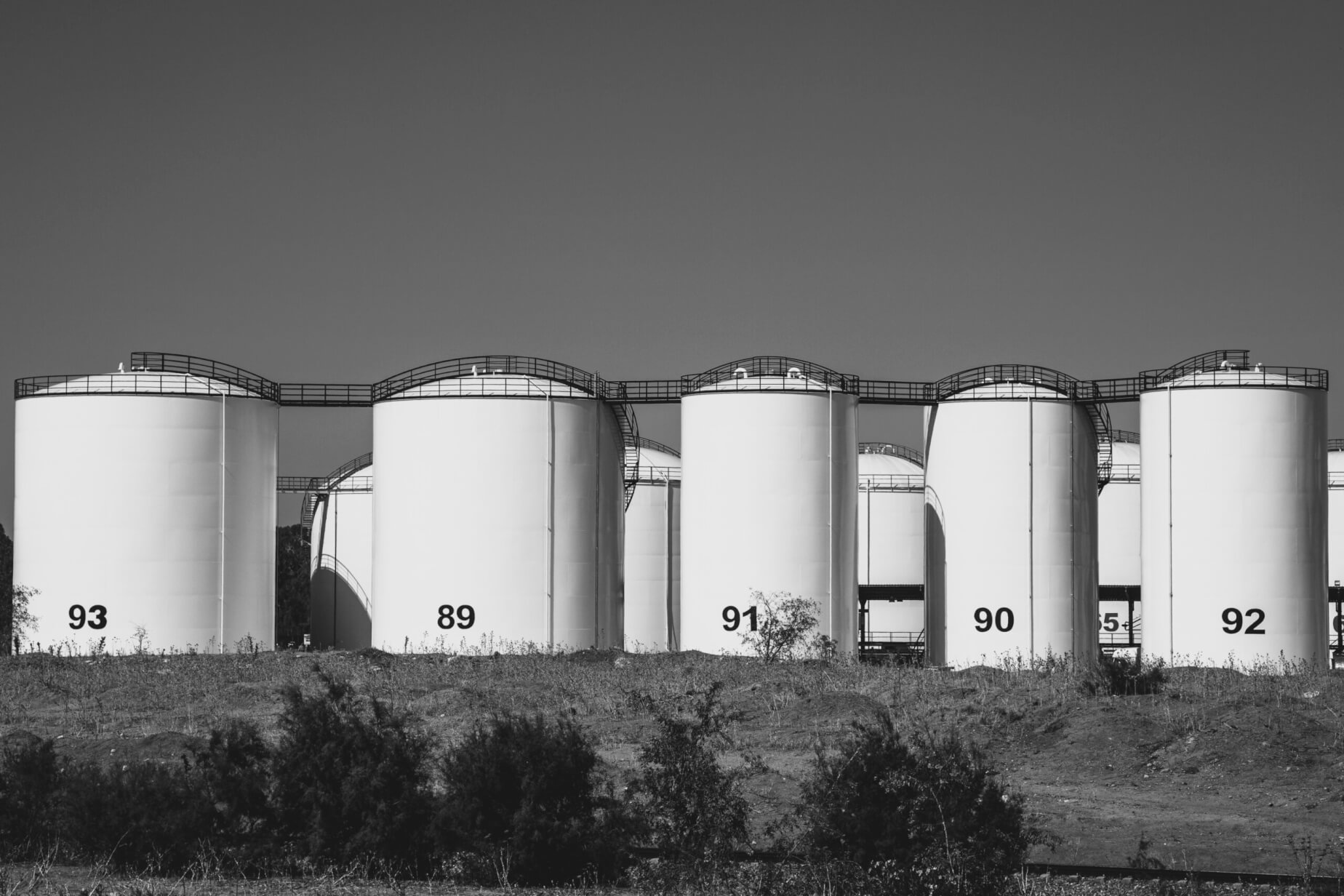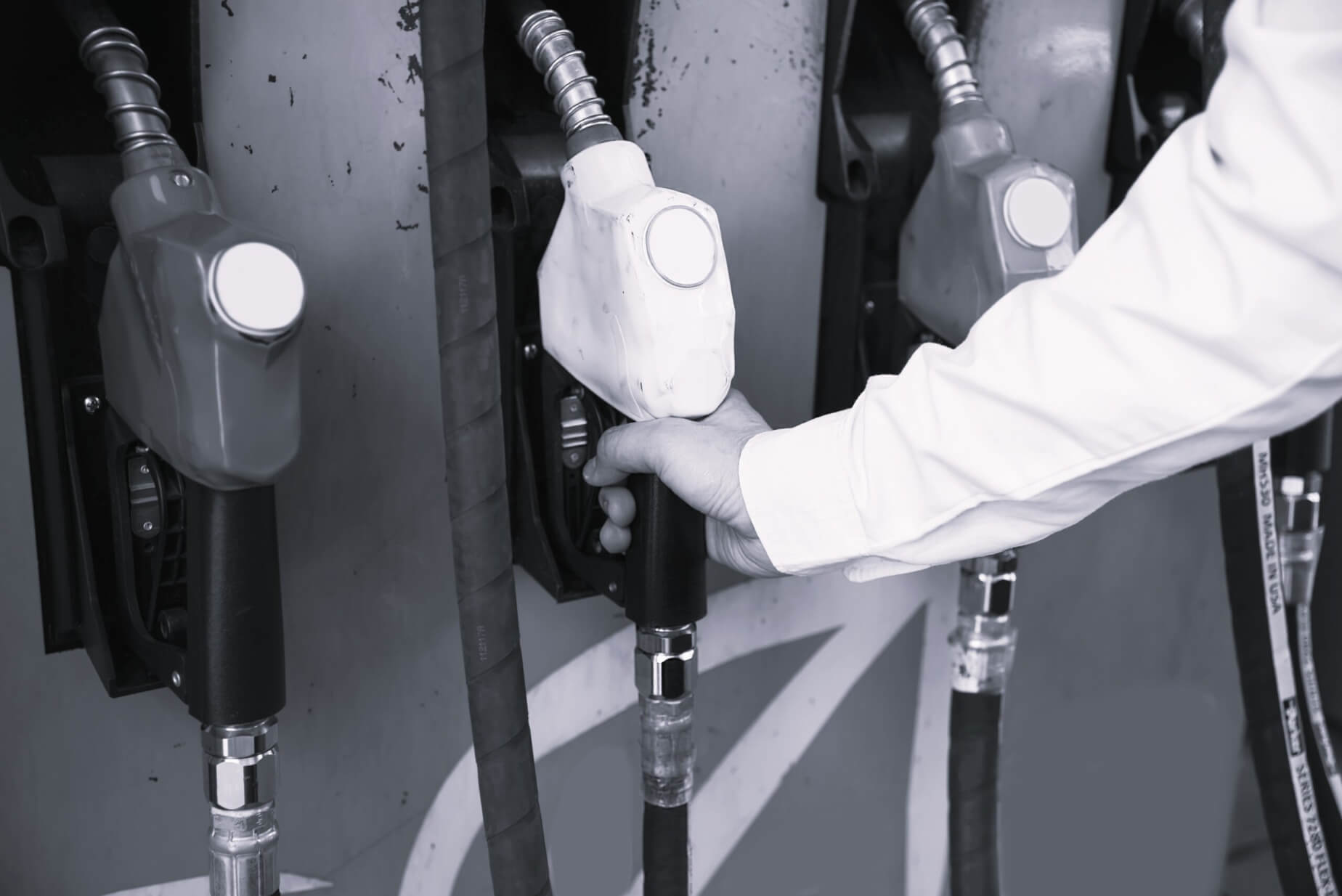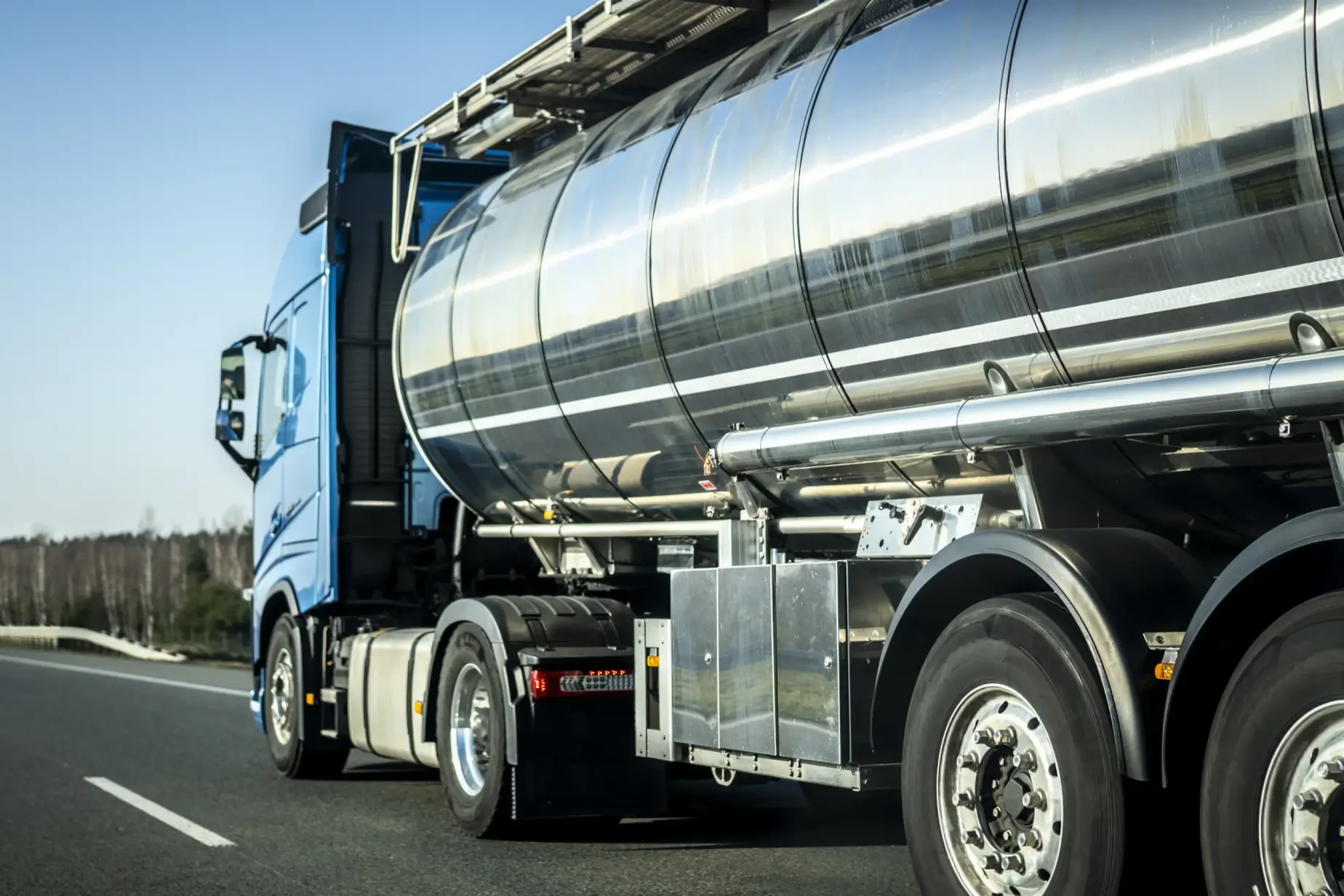Handling and storing fuel at work is risky — Incorrect storage and fuel transfer can cause fires, property damage, and severe injuries. One must understand and follow proper techniques to reduce these dangers and handle fuel safely. Safety training and education on effective route planning can save lives and prevent significant business losses, especially when storing fuel in the construction, agriculture, and fleet management industries.
The Occupational Safety and Health Administration (OSHA) was created to help manage these risks. OSHA is part of the United States Department of Labor and was established under the Occupational Safety and Health Act.
President Nixon signed the OSH Act on December 29, 1970, and it went into effect on April 28, 1971, establishing OSHA. When we talk about OSHA fuel storage requirements, its primary focus is to ensure safe and healthy working conditions for American workers.
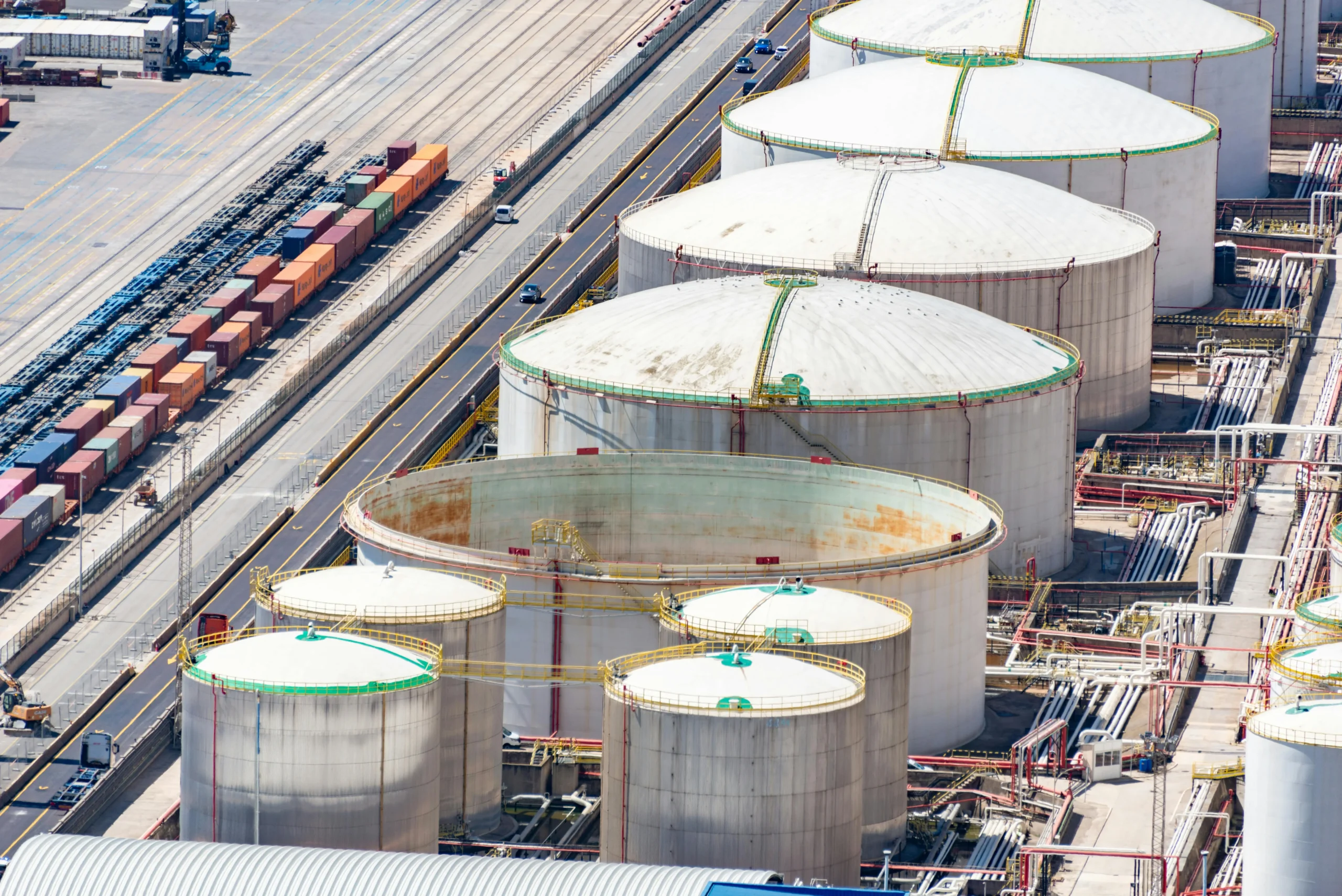
Do you know, what are the OSHA requirements for fuel storage tanks?
These include storing fuel in approved gas cans, using the best portable fuel tanks or different containers, like cube style or cylindrical, for safe handling and storage, and placing containers in appropriate conditions to minimize risks.
Read on to learn more about fuel safety standards and requirements that OSHA has in place.
OSHA’s Role in Workplace Safety
OSHA sets and enforces safety rules for various industries. These rules cover things like fall protection, avoiding exposure to infectious diseases, ensuring safety in confined spaces, and handling combustible and flammable liquids like fuel.
OSHA’s mission is to ensure safe and healthy working conditions. For example, OSHA’s guidelines for fuel storage emphasize keeping fuel tanks away from areas where workers are present. They also advise not stacking tanks over 30 gallons and storing large containers in fire-resistant cabinets. These measures prevent accidents and ensure a safer workplace for all employees.
OSHA requires employers to try to eliminate or reduce these workplace hazards by changing working conditions. Examples include switching to safer chemicals, enclosing processes to contain harmful fumes, and using ventilation systems to clean the air. These measures are essential for minimizing risks, especially in gasoline or diesel storage areas. Moreover, OSHA enforces worker safety laws by conducting on-site inspections of worksites.
OSHA Fuel Storage Requirements

OSHA requires that fuel be stored in approved containers or portable tanks specifically designed for flammable liquids. These containers must meet safety standards set by the Department of Transportation. Fuel storage rooms should be well-ventilated and free from ignition sources, such as open flames or electrical equipment that could spark. For storing smaller quantities of fuel, approved OSHA gas cans are a must, and larger amounts exceeding 25 gallons must be stored in fire-resistant cabinets.
OSHA classifies fuels depending on their flammability and combustibility. It determines the flammability and combustibility of fuels based on their flash points and has formulated regulations accordingly.
- Flammable fuels have a flash point below 100°F. These liquids can ignite easily at lower temperatures and pose a higher risk of catching fire because they produce flammable vapors at room temperature. Examples include gasoline and propane.
- Combustible fuels have a flash point at or above 100°F. They require higher temperatures to produce flammable vapors and usually do not ignite at room temperature. Examples include diesel fuel and kerosene.
Let’s discuss the OSHA fuel storage regulations in detail, focusing on the safety precautions and best practices for safely storing fuel.
Safety Precautions and Best Practices

Fuel is either stored indoors in a warehouse or outdoors in large containers away from residential and commercial buildings. OSHA has developed safety regulations for both indoor and outdoor fuel storage, with specific guidelines based on what is being stored. For example, a warehouse storing diesel in large tanks must comply with OSHA’s diesel fuel storage requirements.
When storing fuel indoors, it should be kept in approved storage cabinets if the quantity exceeds 25 gallons. OSHA-approved metal storage cabinets should be used, and they must be labeled with “Flammable – Keep Away from Open Flames.” By adopting these precautionary measures, you can store fuel for a long time without risking gasoline can safety.
For outdoor storage, OSHA recommends that containers not exceed 1,100 gallons in any one pile or area. A 5-foot clearance should separate piles or groups of containers and keep them at least 20 feet away from buildings. Above-ground fuel tanks are commonly used for outdoor fuel storage. That’s why the OSHA above-ground fuel tank requirements are crucial here, requiring a minimum separation of three feet between storage tanks.
No matter where you store your fuel, make sure the area is fully secured. OSHA insists that businesses adopt security measures to prevent unauthorized access and reduce the risk of accidents or theft. Therefore, storage areas should be marked, locked, and fenced off to allow access only to authorized personnel. Continuous monitoring with surveillance cameras and adequate lighting is also recommended.
According to OSHA standards for fuel storage, only authorized personnel are allowed to handle fueling operations. If there’s a spill, filler caps must be replaced, and the spill must be cleaned up before starting the engines. Above all, smoking and open flames are prohibited in fuel storage areas. Besides that, OSHA also mandates fire control measures. According to these regulations, a fire extinguisher rated at least 10B must be available within 50 feet of any location where more than 5 gallons of flammable or combustible liquids or 5 pounds of flammable gas are used.
Furthermore, OSHA recommends regular inspection and maintenance routines for fuel storage safety. These inspections are done without advance notice and can be carried out in person, by phone, or by fax. Highly trained compliance officers perform these inspections to ensure worker protection and rights.
Common Violations and Penalties

One of the most common OSHA citations related to flammable liquid storage is using improper containers or not adhering to OSHA gas cylinder storage requirements. Storing liquids in containers that do not properly seal is also a violation of OSHA’s standard 1910.106(e)(2)(ii). Inadequate fire control measures, like missing or non-functional fire extinguishers, also violate OSHA regulations. These violations must be addressed to ensure safety and compliance with OSHA rules.
In the U.S., companies that fail to follow OSHA regulations can face significant penalties. Here are a few penalties for violating OSHA rules:
- A fine of up to $70,000 per violation, with a minimum of $5,000 for each willful violation.
- A fine of up to $7,000 per violation for employers cited for severe violations that endanger workers.
- An employer who willfully violates an OSHA standard causing an employee’s death can be fined up to $10,000 for a first conviction or up to $20,000 for subsequent convictions, with possible imprisonment up to six months or one year, respectively.
Employers can avoid OSHA violations and their consequences by regularly auditing their workplaces and providing training. Audits help find and fix safety issues before they lead to fines, and training employees on safety rules builds awareness and ensures everyone follows guidelines.
FAQs
What storage method does OSHA require in any facility that stores more than 25 gallons of flammable or combustible liquids?
OSHA requires any facility storing more than 25 gallons of flammable liquids to use an approved wooden storage cabinet. This cabinet should be made of exterior-grade plywood at least 1 inch thick that won’t break down or delaminate under fire conditions. All joints must be securely fastened with flathead wood screws. If the cabinet has more than one door, the doors must overlap by at least 1 inch. Steel hinges should be attached so they won’t loosen or burn out during a fire. The cabinet must be painted inside and out with fire-retardant paint.
What are the OSHA standards for hazardous material storage?
OSHA enforces strict standards for storing hazardous materials to ensure workplace safety. It requires employers to keep storage areas safe and clean. Hazardous materials must be placed at least 10 feet from exterior walls and 6 feet from hoistways to minimize risks. Moreover, incompatible chemicals must be stored separately to prevent dangerous reactions.
What is the OSHA standard for fuel storage?
When storing more than 25 gallons of fuel, OSHA mandates using approved containers and portable tanks for safe handling and storage of flammable liquids. Approved safety cans or Department of Transportation-approved containers must be used. Fuel should not be stored in areas used for exits, stairways, or where people usually walk.
How do you store gasoline in the workplace?
When storing gasoline at work, keep containers tightly closed and handle them carefully to prevent spills. Gasoline is highly flammable and should be stored at room temperature in a cool, dry, well-ventilated area away from direct sunlight. It is a must to store gasoline at least 50 feet away from heat sources like water heaters, space heaters, furnaces, and pilot lights.
What are the requirements for fuel storage?
Store fuel in well-ventilated and shaded areas to prevent fumes buildup and exposure to excessive heat. Never store fuel in fully enclosed spaces like shipping containers with closed doors, as pressure and heat can cause combustion due to increased fumes. You must use approved fuel storage cans, and they should have tight screws and spouts to pour fuel safely without spilling.
How many gallons of fuel before hazmat?
For transportation in the United States, fuel becomes subject to hazardous materials regulations if it exceeds specific amounts. To comply with federal rules, you can transport up to 119 gallons of fuel per container without needing a hazmat endorsement. Multiple containers of this size can be transported together in one vehicle, but the total capacity shouldn’t exceed 1,000 gallons. A hazmat endorsement is required if you need to transport more than this amount.
Ensure Workplace Safety and Reliable Fuel Delivery with Fuel Logic
We’ve covered the essential aspects of OSHA fuel storage requirements and best practices for workplace safety. Key points include using approved containers for fuel storage, maintaining proper indoor and outdoor storage practices, ensuring adequate fire control measures, implementing spill prevention and security measures, and conducting regular audits and training.
Acknowledging and adhering to OSHA fuel storage requirements is not just about compliance—it’s about protecting the safety and well-being of employees and safeguarding business assets. By following these guidelines and best practices, employers can create a safer work environment and overcome potential hazards associated with fuel storage.
With Fuel Logic, you can ensure a reliable and efficient fuel delivery system for your business.
Whether you want to fuel your fleet of vehicles or refill DEF tanks, Fuel Logic provides DEF, diesel, and gasoline directly into bulk tanks.
We also provide guidance on suitable fuel tanks depending on your location and safety tips for having a bulk fuel tank at your workplace.
Fuel Logic can be your support system, taking the burden off your shoulders by managing gasoline, diesel, or DEF Supply at your business location for fleet fueling service.
Contact us to discover how we can meet your fuel storage and even mobile delivery needs.
Visit our FAQ page for answers to common questions, and be confident that your satisfaction is our top priority.
Order fuel now and keep your business on track with Fuel Logic.

